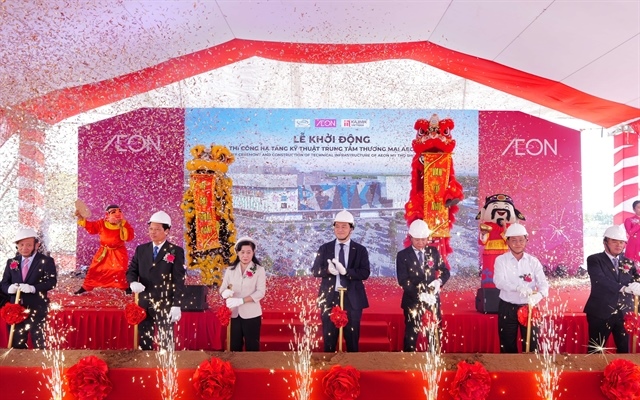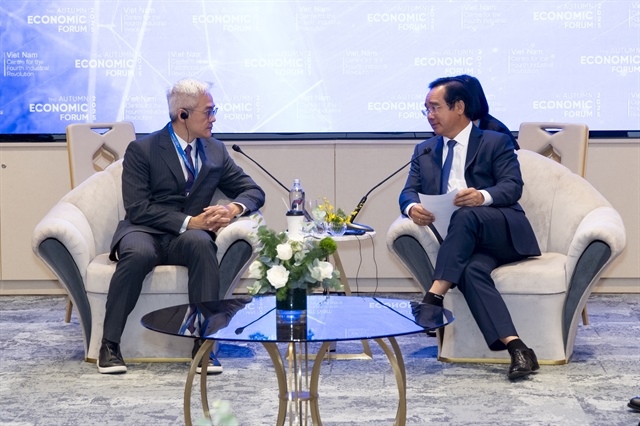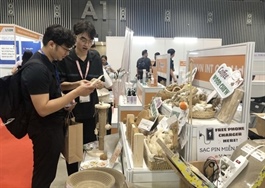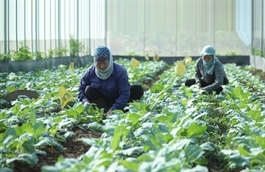Hà Nội: Key products make up nearly 35 per cent of total industrial production value
Hà Nội: Key products make up nearly 35 per cent of total industrial production value
Revenues from enterprises making key industrial products in Hà Nội amounts to some VNĐ200 trillion (US$8.33 billion) on an annual basis, or close to 35 per cent of the local sector’s total production value.
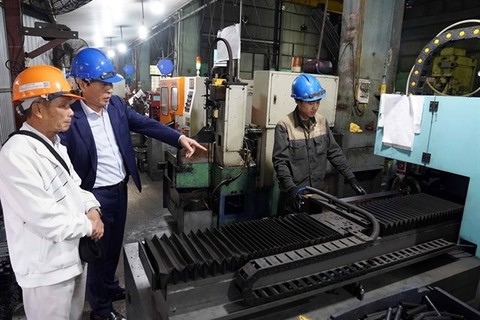
Nguyễn Ngọc Chung, general director of the Export Mechanical Tools Joint Stock Company (EMTC), introduces the production line to customers. — Photo bnews.vn |
According to the municipal Department of Industry and Trade, the capital authorities accredited 229 products by 156 enterprises as key industrial goods. Those enterprises boast high competitiveness, capable of joining the global production and supply chains.
Trần Phương Lan, acting director of the department, elaborated that the group also generates an average annual export turnover of nearly US$2 billion, creating nearly 80,000 jobs.
From an insider's perspective, Lương Văn Thắng, chairman of the Board of Directors of the Việt Tiệp Lock Joint Stock Company, said despite facing intense competition from similar products, the firm manages to maintain a large market share thanks to its continuous adoption of new technologies and production of diverse designs, colours, and materials.
Nguyễn Ngọc Chung, general director of the Export Mechanical Tools Joint Stock Company (EMTC), highlighted the company's orientation towards making international-standard products to serve Vietnamese people and to go global.
However, these businesses are also encountering difficulties such as limited access to capital sources, monopolistic practices, and the negative impact of the global economy.
In response, a plan has been issued for the implementation of the city’s key industrial products development project for 2021-2025, specifically outlining that all enterprises involved in the production of those products will benefit from supportive policies.
Moreover, Hà Nội is set to enhance support for them in brand building, technology transfer, workforce training, and product innovation. There will also be a strong focus on trade promotion activities to facilitate their participation in global production and supply chains.


